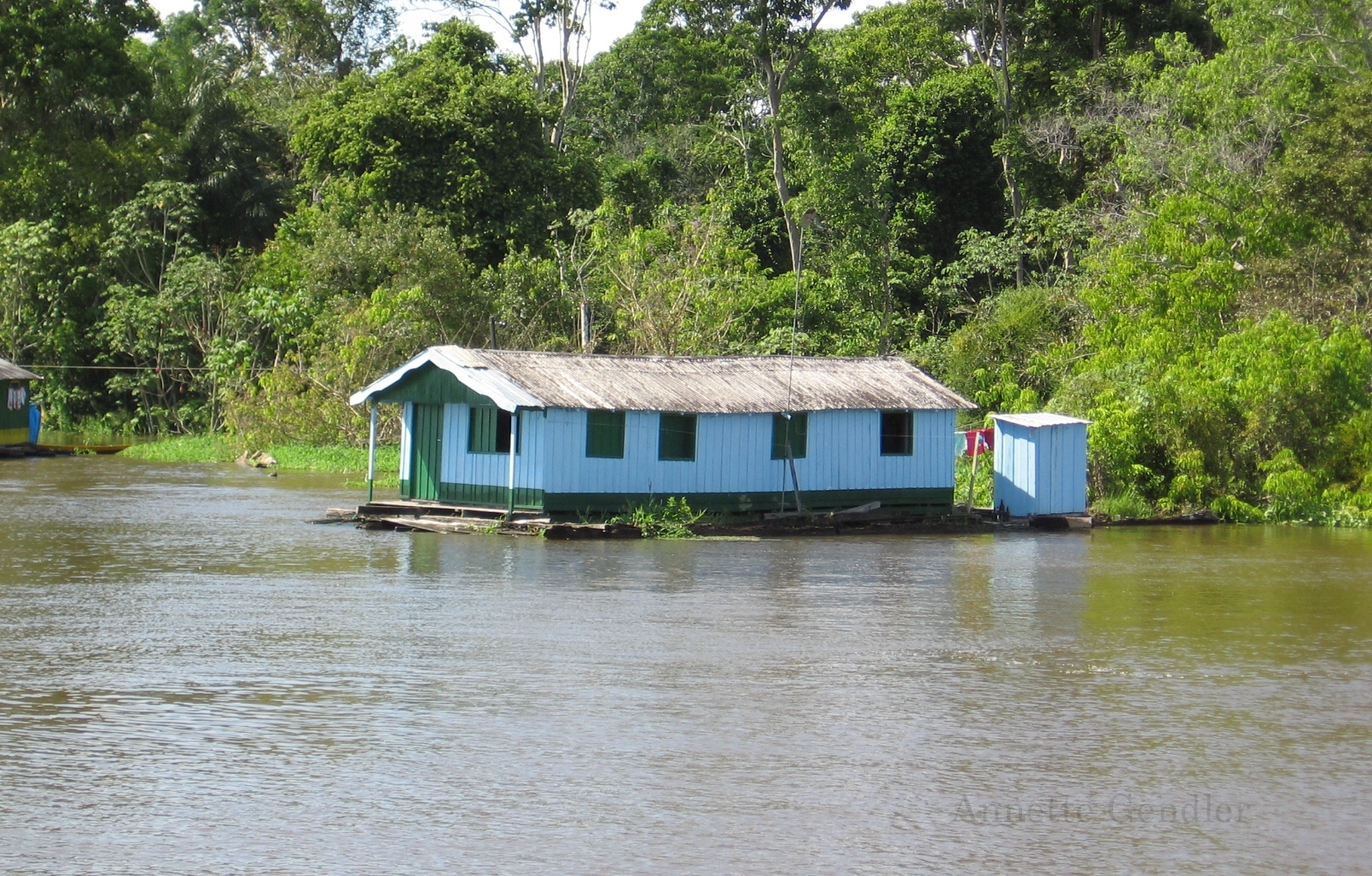
In between attending two World Cup games in Manaus, the capital city of the Amazon, we had time to explore the river and the rain forest. When we were visiting in June, the rainy season had just ended, and thus water levels were at their annual high.

| Manaus waterfront with typical Amazon passenger boats |
Manaus cannot be reached by a reliable road, unless you drive north to Venezuela. You can fly in; but mainly, comings and goings happen by boat. Life is on the river. And because the water levels fluctuate so much, unless you live in Manaus proper which sits on a rocky elevation, you live in a floating house that you “tie to a tree,” as the travel guide on our first tour described it.
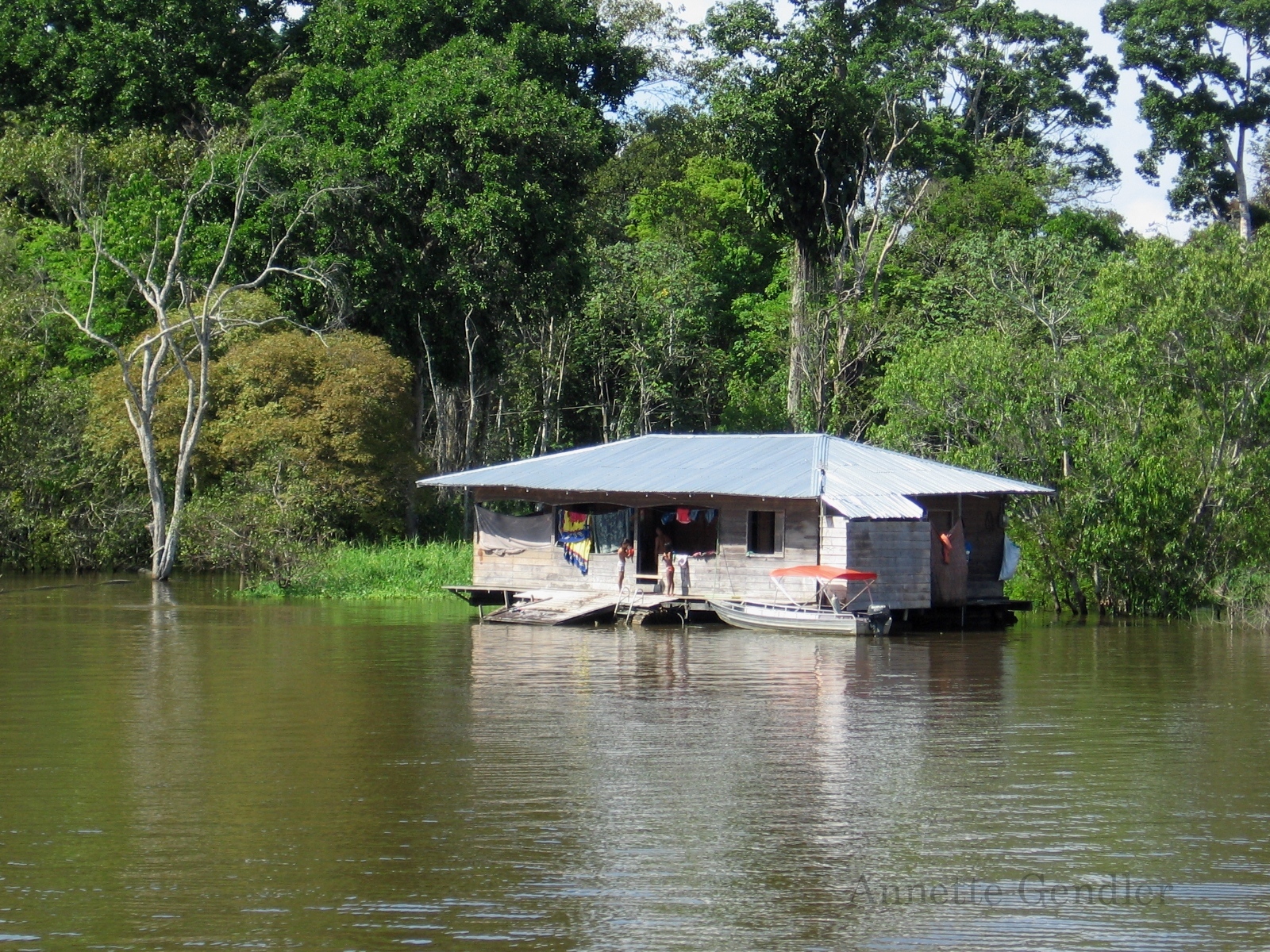
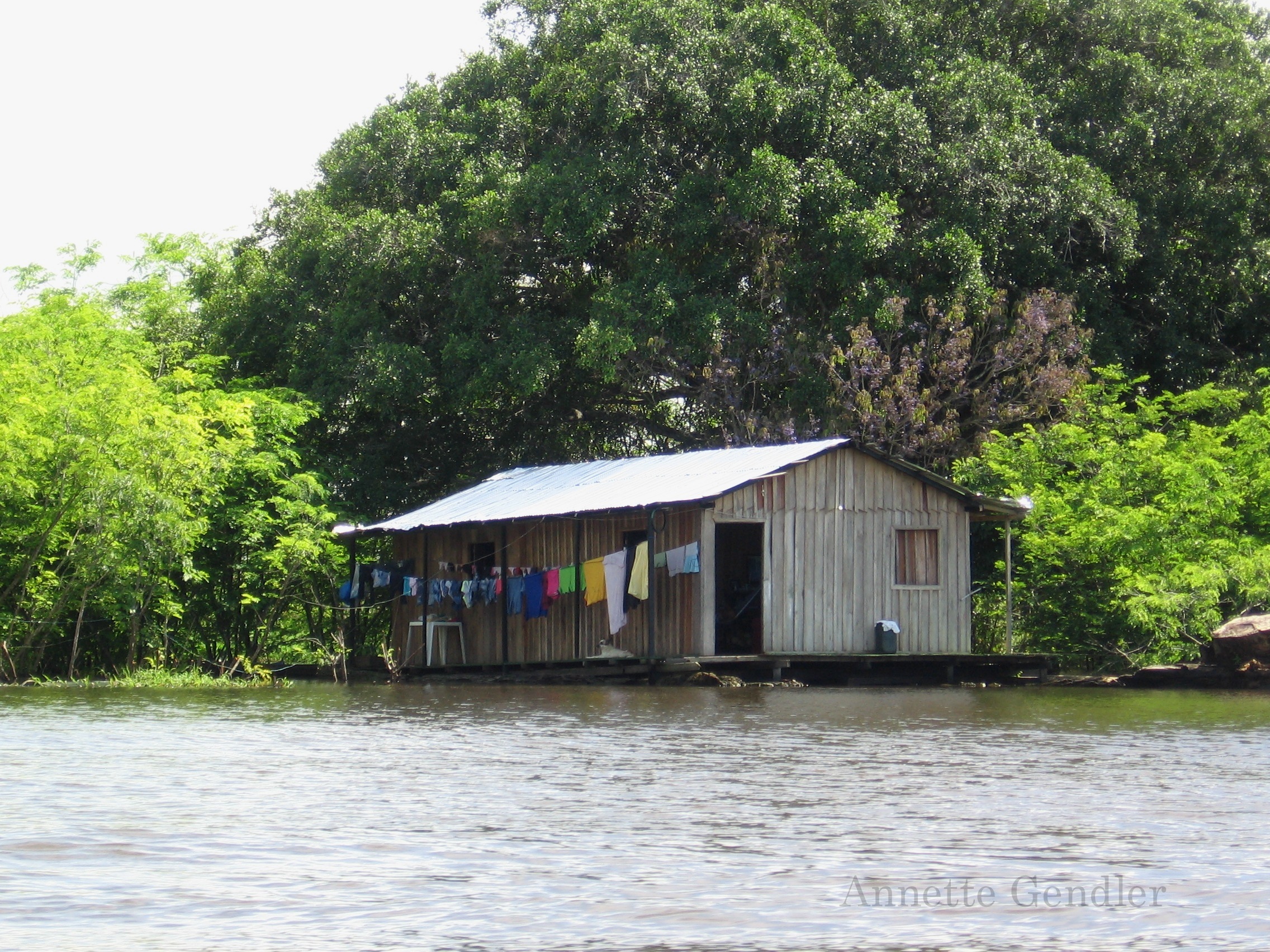
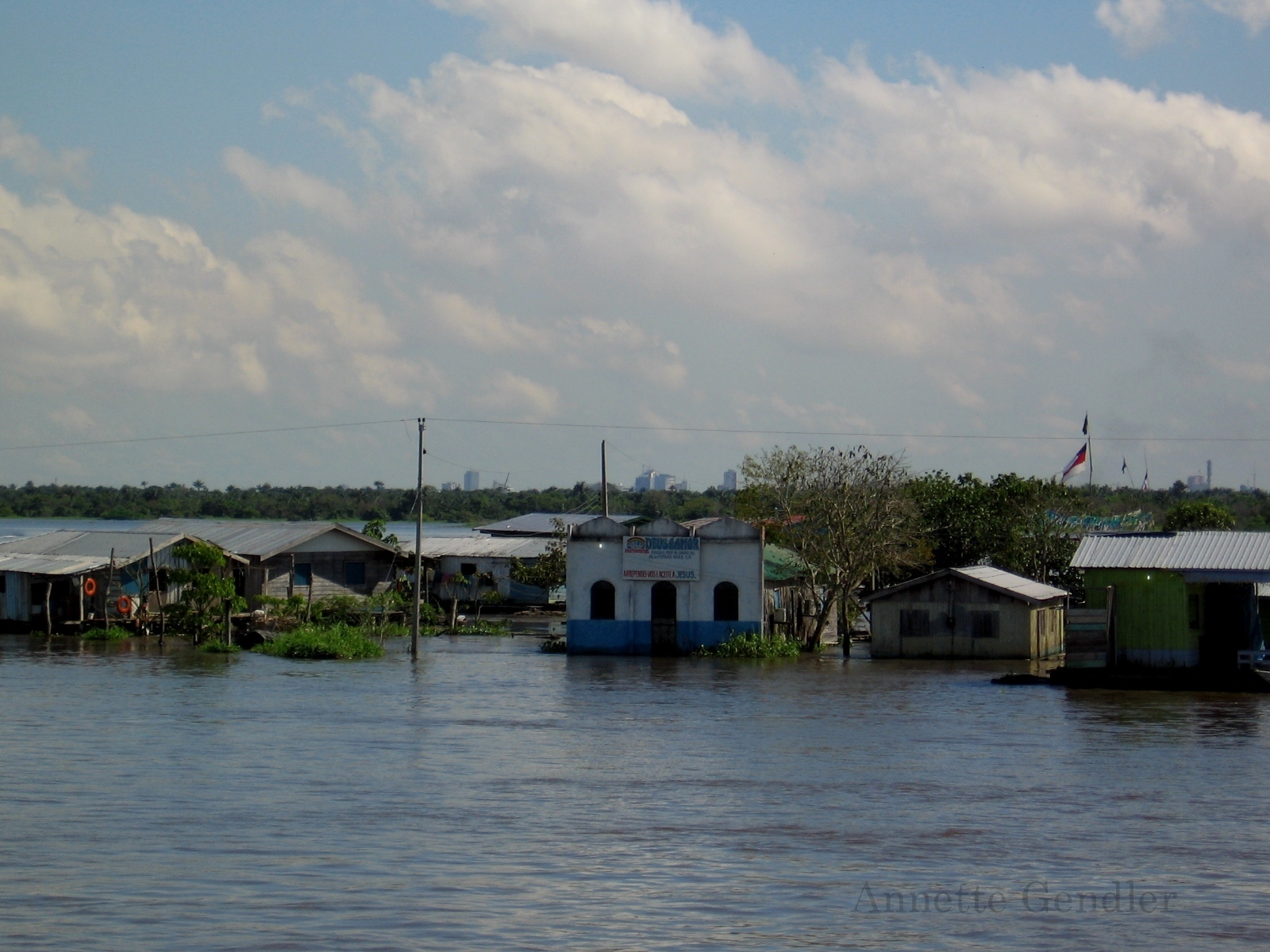
Here a floating village with the high rises of Manaus on the horizon. The poles carrying the electrical lines are mounted on pontoons as well, so they can adjust to the water levels.
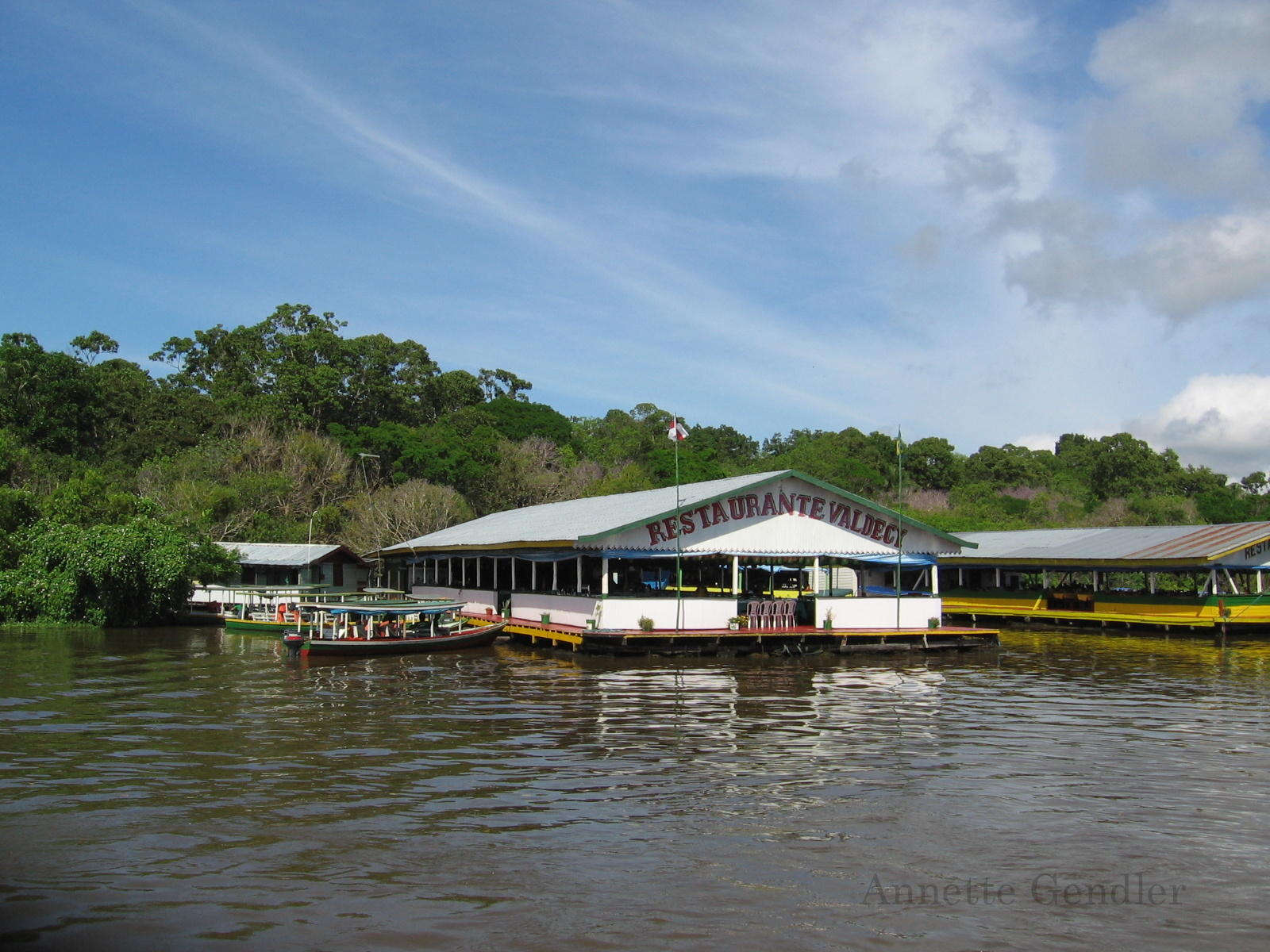

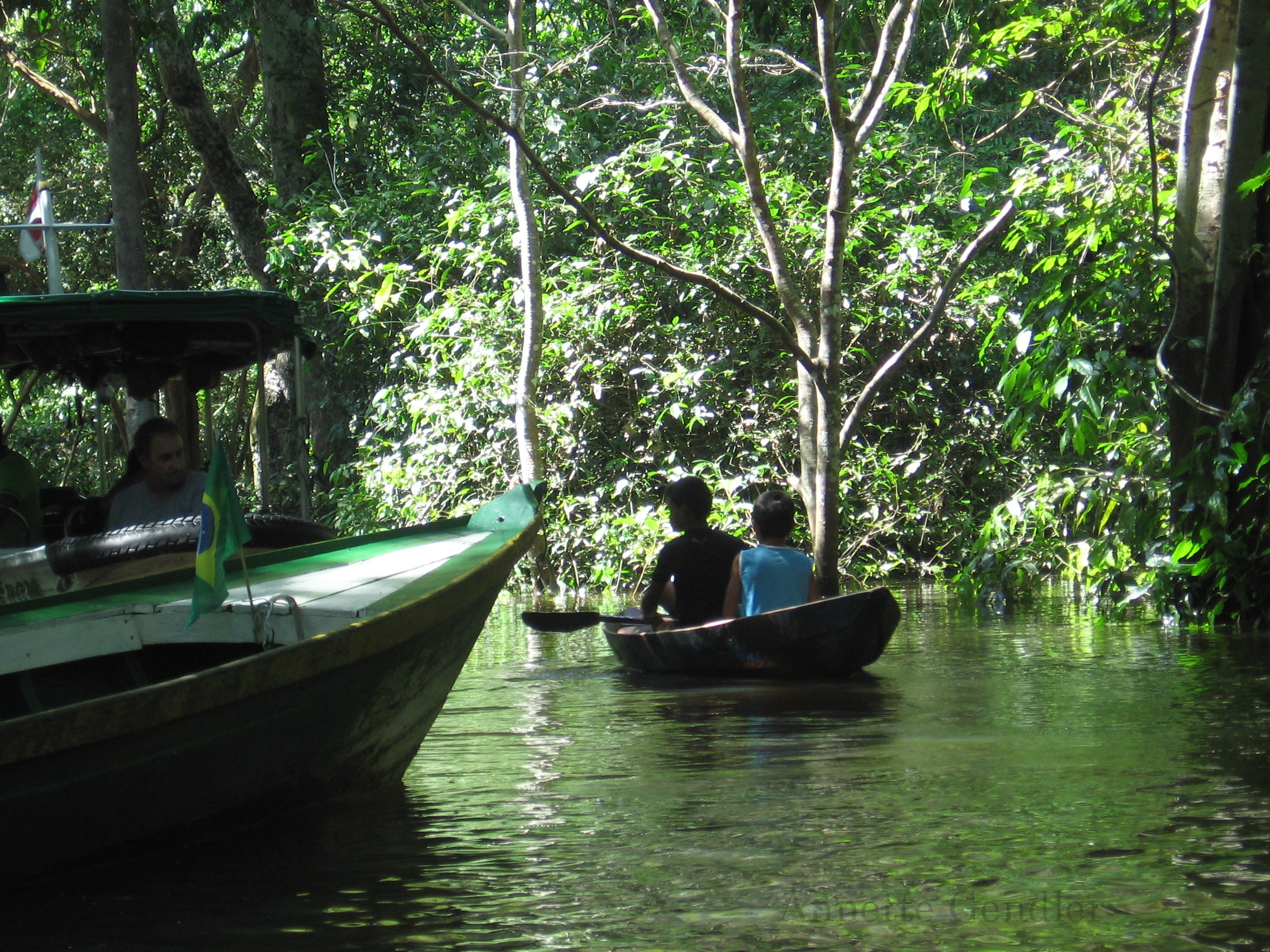
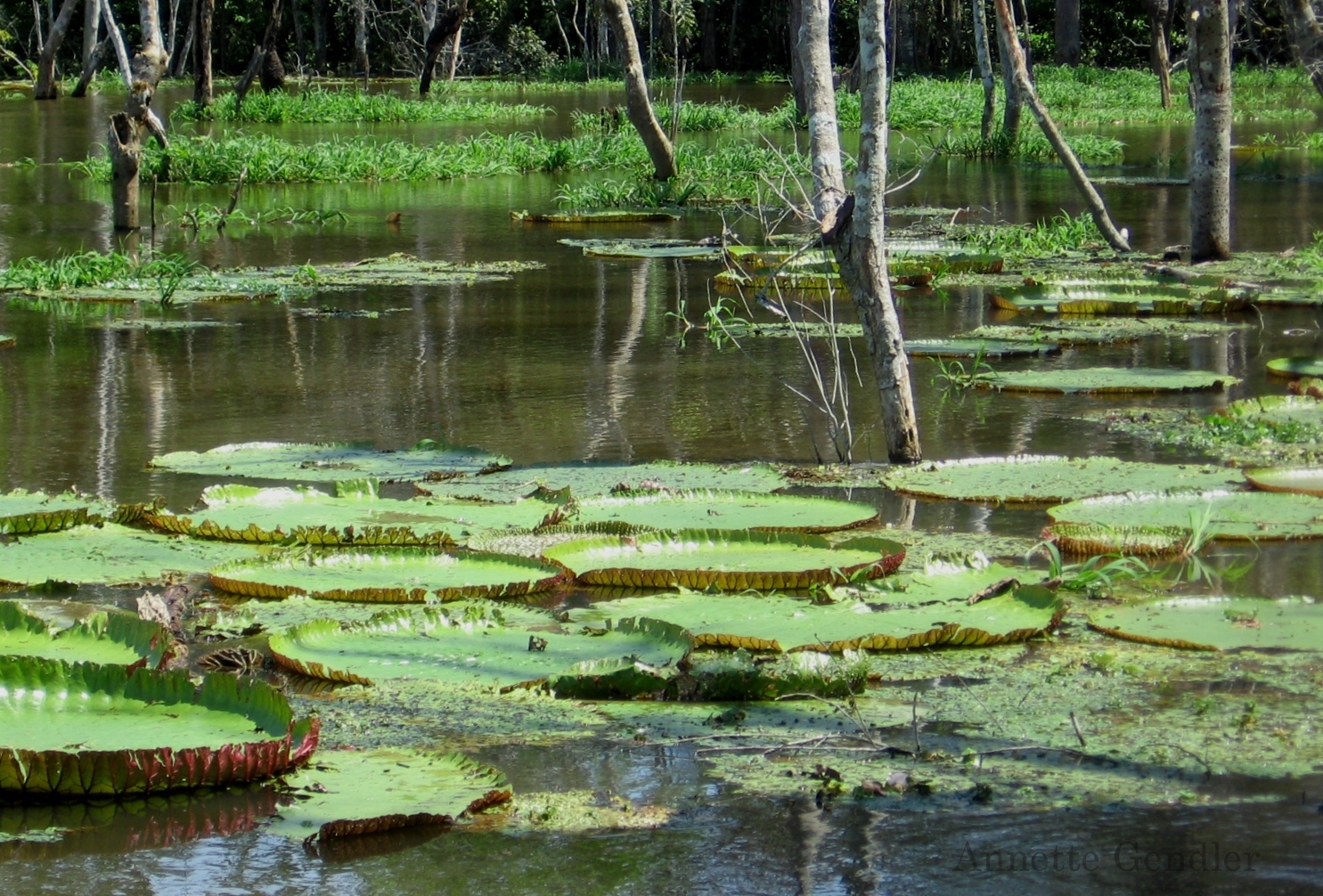
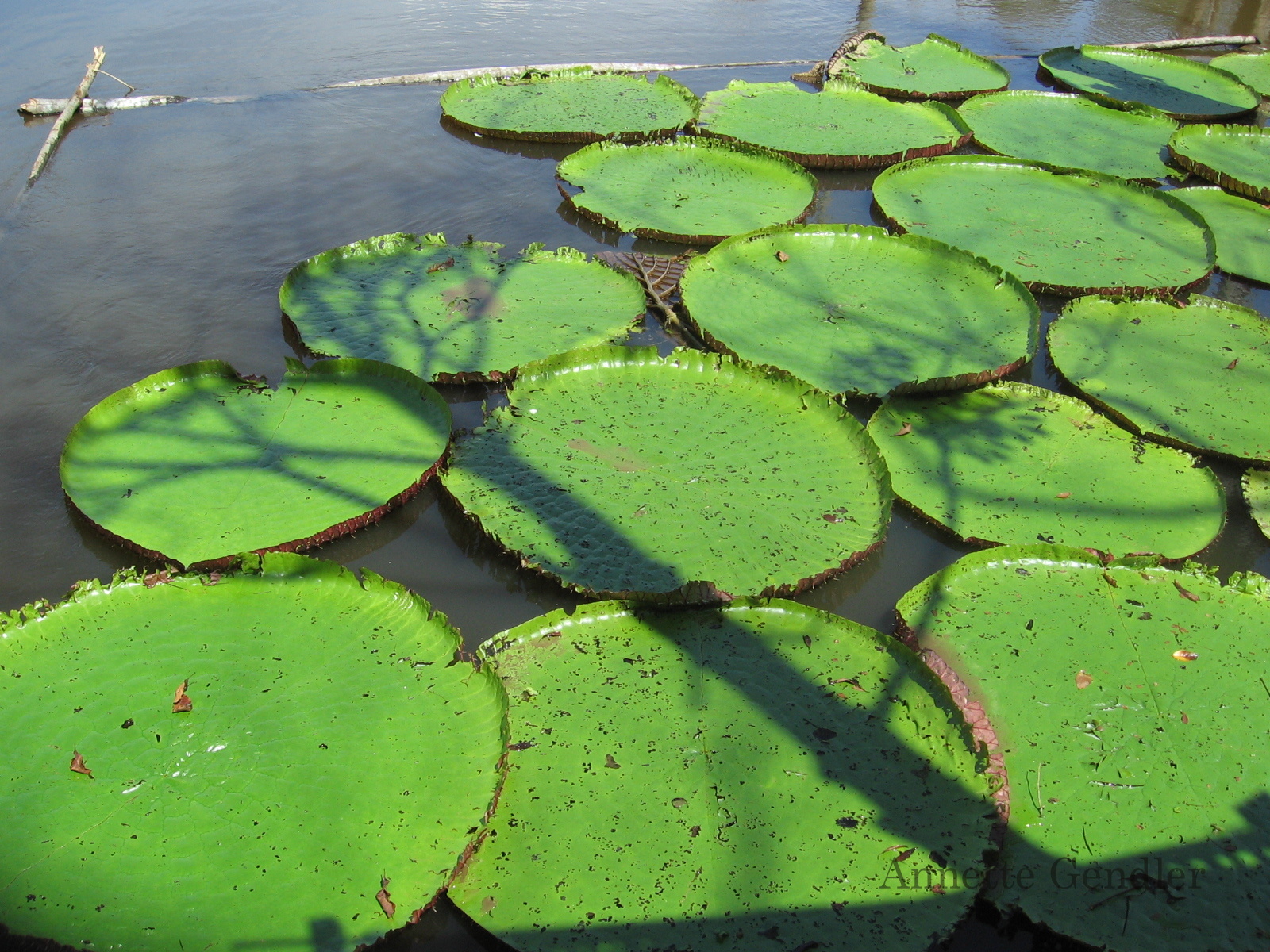
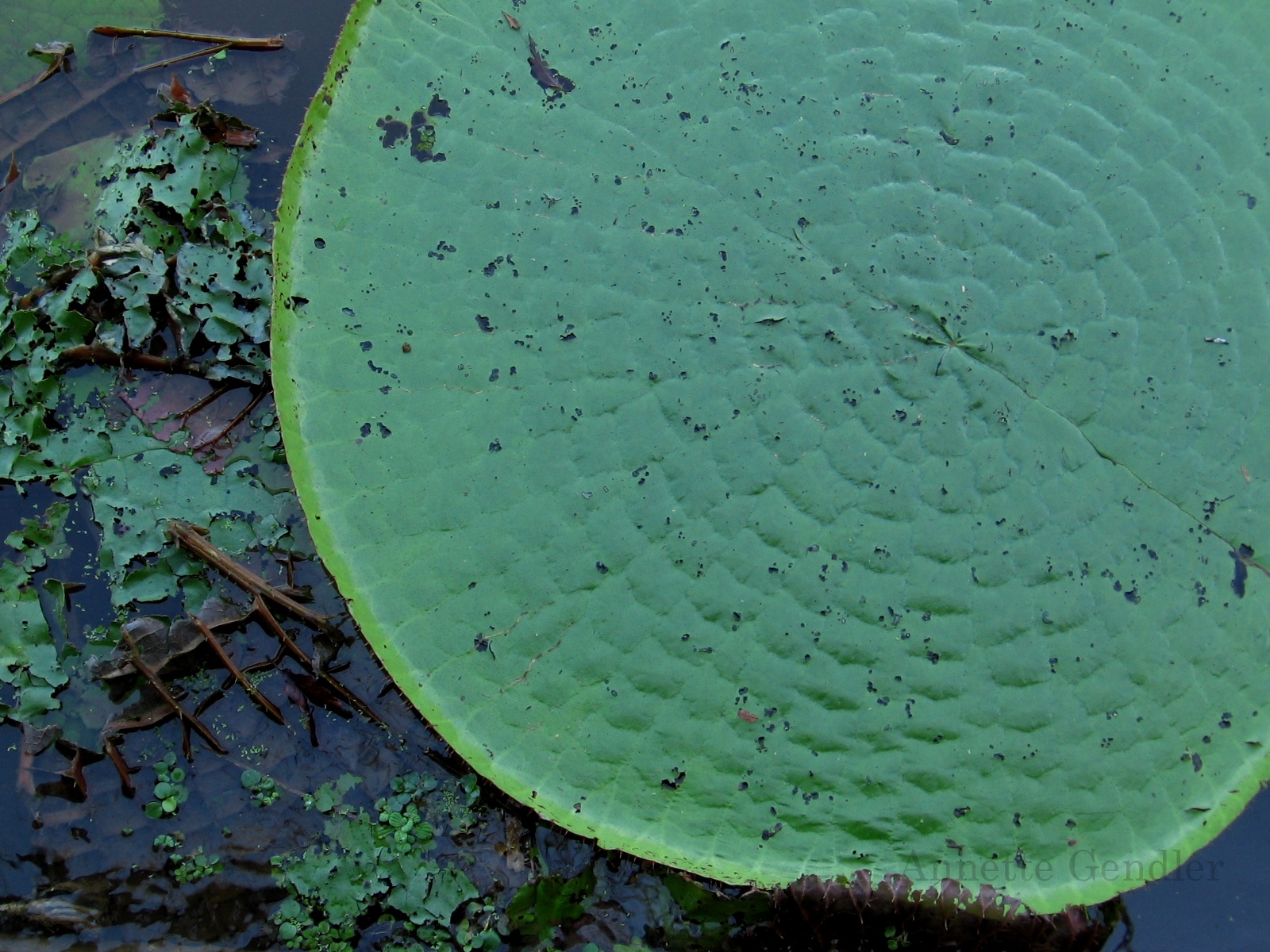
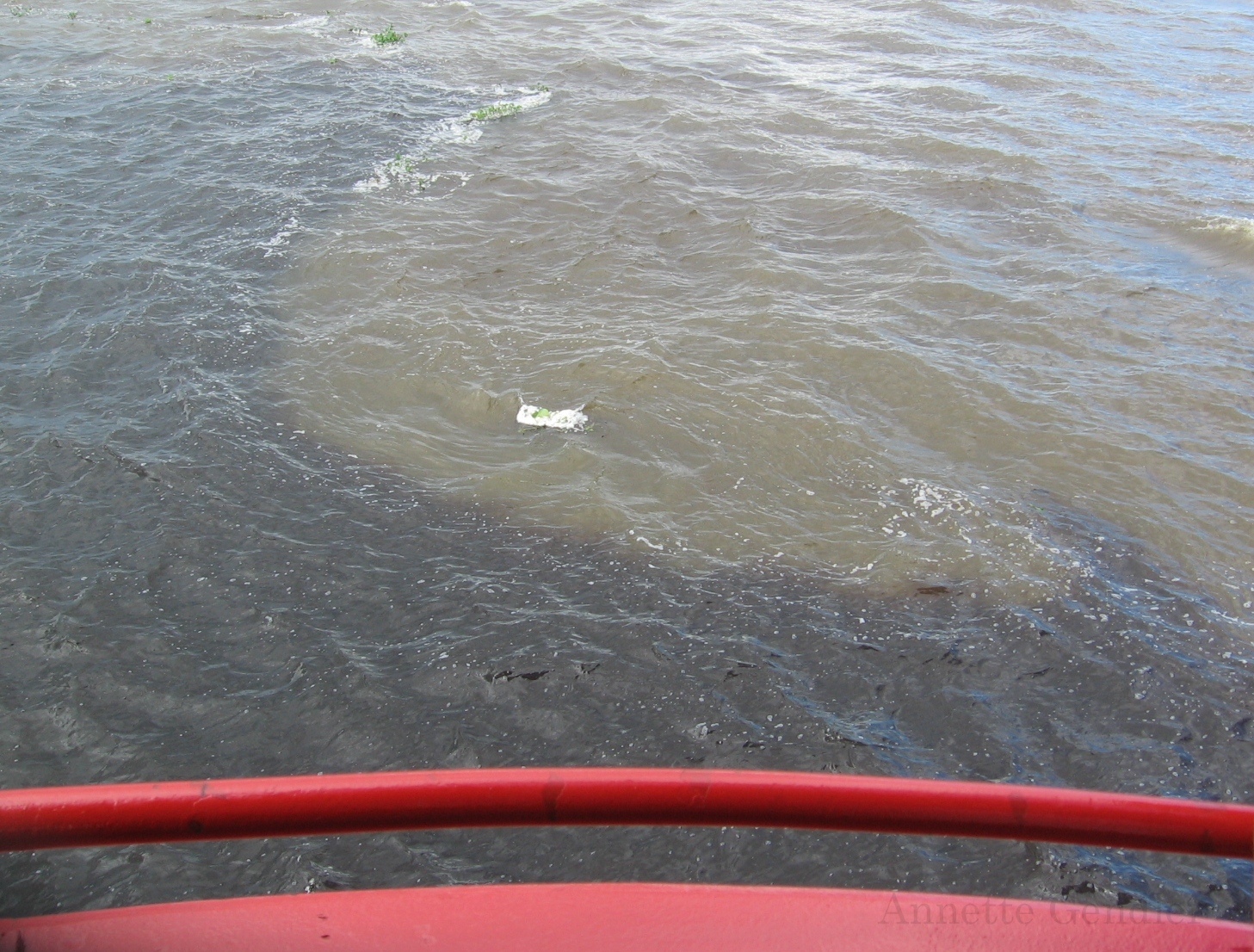

A totally different way of life than what I'm used to. I think the first time I'd heard of Manaus that it stuck with me was in a Tom Clancy novel.
The sloth looks quite distinguished!
William, yep, definitely a different way of life! There's an Ann Patchett book that also features Manaus, not to its advantage, though.